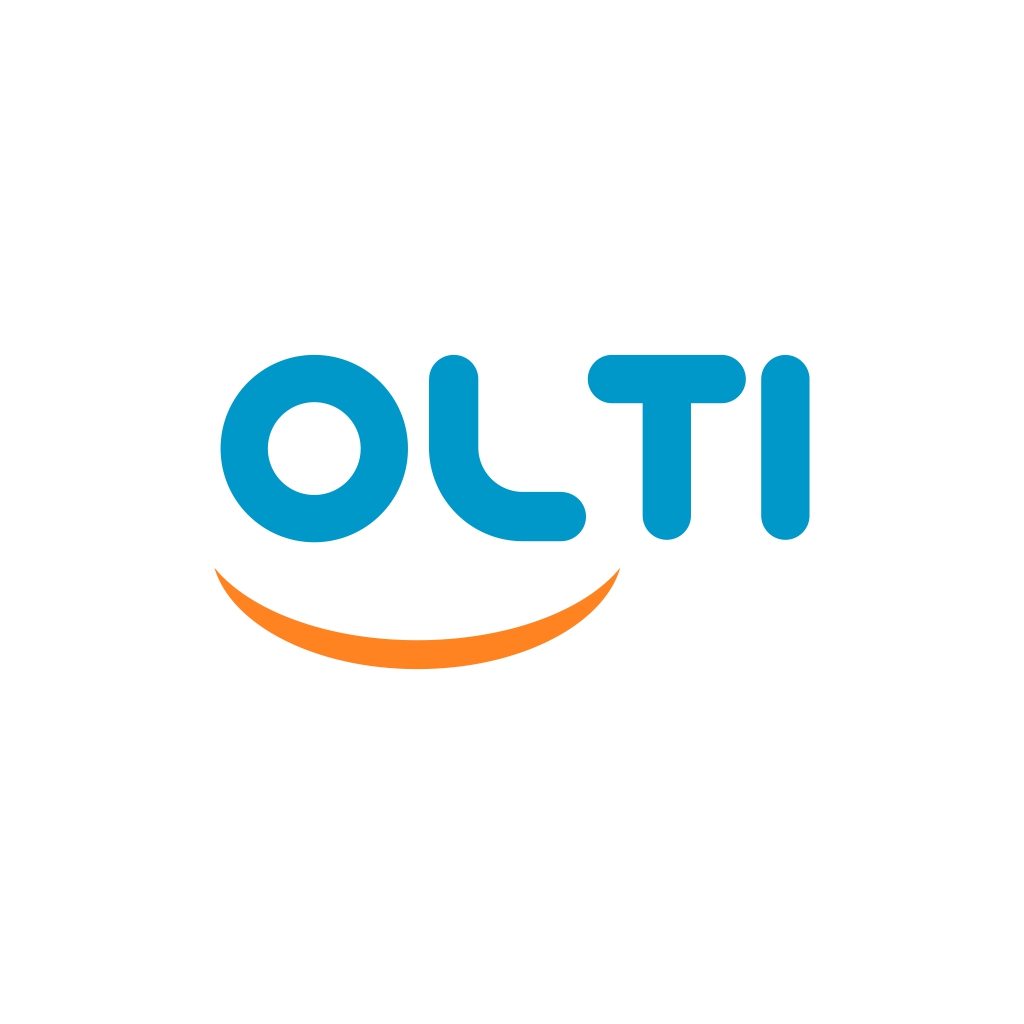Content
Government and non-government entities issue bonds to raise money to finance their operations. When a person buys a bond, the bond issuer promises to make periodic payments to the bondholder, based on the principal amount of the bond, at the coupon rate indicated in the issued certificate. The issuer makes periodic Coupon Rate Formula interest payments until maturity when the bondholder’s initial investment – the face value (or “par value”) of the bond – is returned to the bondholder. A coupon rate is the nominal yield paid by a fixed-income security. It is the annual coupon payments paid by the issuer relative to the bond’s face or par value.
The major alternative to coupon rate is what is known as a “zero-coupon bond.” In this case, the issuer does not make annual payments. At maturity, the bond holder redeems the bond for its entire par value.
How to Calculate NAV at the End of a Period
In general, the bond market is volatile, and fixed income securities carry interest rate risk. (As interest rates rise, bond prices usually fall, and vice versa. This effect is usually more pronounced for longer-term securities). Fixed income securities also carry inflation risk, liquidity risk, call risk and credit and default risks for both issuers and counterparties. Lower-quality fixed income securities involve greater risk of default or price changes due to potential changes in the credit quality of the issuer.
The investor would return these coupons on a regular basis and receive their payment in exchange. When the coupon rate is higher than the market interest rate, which means that the bond price will fall because an investor will be reluctant to purchase the bond at that value.
Coupon Rate
Based on the coupon rate and the prevailing market interest rate, it can be determined whether a bond will trade at a premium, par, or discount. Duration indicates the years it takes to receive a bond’s true cost, weighing in the present value of all future coupon and principal payments. A pure discount bond, or a zero-coupon bond has a coupon rate of 0%. Any compensation to the bondholder comes solely from the difference between the bond’s purchase price and the face value of the bond. The reason it’s called a coupon rate is that before electronic investing eachbondwas issued with pieces of paper called coupons. These were used to redeem each month’s interest payment from the bond issuer.
Let us take an example of bond security with half-yearly coupon payments. Let us assume a company, PQR Ltd, has issued a bond having a face value of $1,000 and quarterly interest payments of $25. The coupon rate, or coupon payment, is the nominal yield the bond is stated to pay on its issue date. This yield changes as the value of the bond changes, thus giving the bond’s yield to maturity . Furthermore, https://simple-accounting.org/ the fair value of a bond will always be above the par value if the coupon rate is higher than the discount rate, which is called a premium bond. For example, if a bond has a 10% coupon rate and a 8% discount rate or yield, then its value will be above $1,000 USD. Conversely, if the discount rate is higher than the coupon rate then its value will be below par, also referred to as a discount bond.

Comentarios recientes